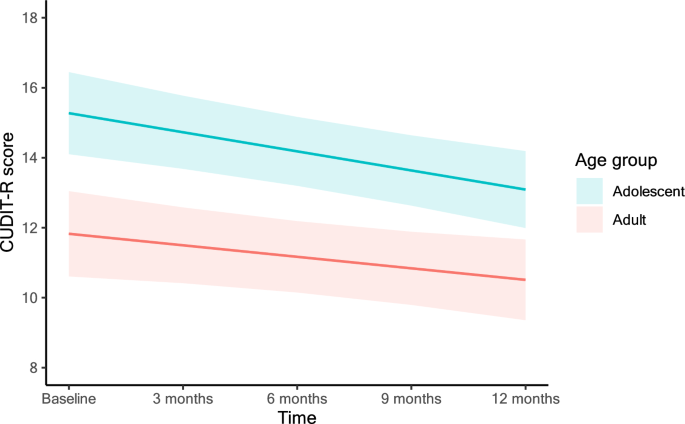20024-05-07 スウォンジー大学
<関連情報>
- https://www.swansea.ac.uk/press-office/news-events/news/2024/05/a-neverland-for-salamanders-researchers-discover-neoteny-goldilocks-zone.php
- https://onlinelibrary.wiley.com/doi/full/10.1002/ece3.11240
ネオテニー・ゴルディロックス・ゾーン: アンビストマにおけるネオテニーの進化 The neoteny goldilocks zone: The evolution of neoteny in Ambystoma
Thom A. Lyons, Kevin Arbuckle
Ecology and Evolution Published: 08 April 2024
DOI:https://doi.org/10.1002/ece3.11240

Abstract
Neoteny is a developmental strategy wherein an organism reaches sexual maturity without associated adult characteristics. In salamanders, neoteny takes the form of individuals retaining aquatic larval characteristics such as external gills upon maturation. Mole salamanders (Ambystoma) occupy a wide range of habitats and areas across the North American continent, and display examples of non-neotenic, facultatively neotenic and obligate neotenic species, providing high variation for investigating the factors influencing the evolution of neoteny. Here, we use phylogenetic comparative methods to test existing hypotheses that neoteny is associated with elevational and latitudinal distribution, cave-associated isolation, and hybridisation-related polyploidy. We also test if neoteny influences the diversity of habitats a species can occupy, since the restriction to an aquatic life should constrain the availability of different niches. We find that neoteny tends to occur in a narrow latitudinal band between 20–30° North, with particularly narrow latitudinal ranges for obligate compared to facultative neotenic species (16–52° North). We also find that facultatively neotenic species occur at elevations more than twice as high as other species on average, and that species with a higher frequency of neoteny typically have lower habitat diversity. Our results suggest that evolutionary transitions between non-neotenic and facultative neoteny states occur at relatively high and approximately equal rates. Moreover, we estimate that obligate neoteny cannot evolve directly from non-neotenic species (and vice versa), such that facultative neoteny acts as an evolutionary ‘stepping stone’ to and from obligate neoteny. However, our transition rate estimates suggest that obligate neoteny is lost >4-times faster than it evolves, partly explaining the rarity of obligate species. These results support the hypothesis that low latitudes favour the evolution of neoteny, presumably linked to more stable (aquatic) environments due to reduced seasonality, but once evolved it may constrain the diversity of habitats.


